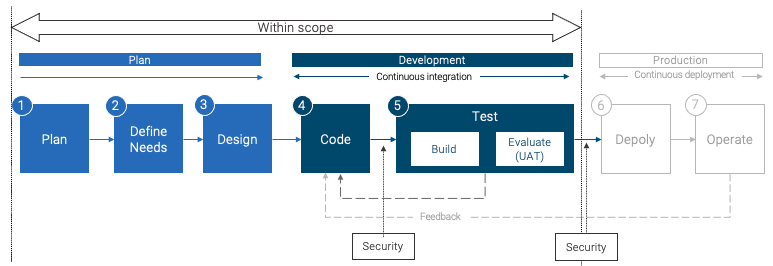Shining a Light on Overtime: How the MTA Transformed Spending Transparency
The Situation and Challenge
The Metropolitan Transportation Authority (MTA), North America’s largest transportation network serving 15.3 million people in the greater New York City area, faced heightened scrutiny due to excessive overtime spending. This scrutiny prompted New York State’s Governor to demand enhanced transparency and governance.

As one of the largest employers in the NYC metro area with over 70,000 employees (mostly hourly), the MTA’s leadership recognized the need for change. They initiated a project to provide near-real-time visibility into overtime spending, leveraging data mining to uncover underlying drivers.
The project faced several multifaceted challenges:
- Managing and analyzing large volumes of data
- Coordinating efforts across multiple finance departments
- Integrating a new system while respecting established legacy processes
To address these challenges, the team proposed creating a central data warehouse on Azure (the “golden source”), automating reporting processes, and implementing drill-down capabilities for individual-level analysis.
Definition:
- Data warehouse: A large, centralized repository of data from various sources, designed for query and analysis.
- Azure: Microsoft’s cloud computing platform, which provides services for storing and processing data.
- Golden source: A single, authoritative source of data for an organization.
- Drill-down capabilities: The ability to move from summary information to detailed data, like zooming in on a map.
Example: Imagine the MTA previously had separate databases for each division (subway, bus, etc.). The new data warehouse would combine all this information in one place, making it easier to analyze overtime trends across the entire organization.
Project Leadership and Approach
The complexity of the challenge required a leader with a unique skill set. I was well-positioned to step in as project lead, bringing:
- A proven track record of effectively collaborating with agency leaders
- Experience in process-oriented problem-solving
- Cross-functional collaboration skills
- Extensive project management expertise
- Proficiency in working with complex data structures
To address the challenges, I implemented a structured approach combining:
- Business Transformation Management Methodology (BTM2)
- Iterative model implementation of the Software Development Life Cycle (SDLC)
Explination:
- BTM2: A comprehensive approach to managing large-scale organizational changes, focusing on aligning people, processes, and technology.
- SDLC: A process for planning, creating, testing, and deploying information systems.
- Iterative model: A single, authoritative source of data for an organization.
- Drill-down capabilities: An approach where the project is divided into smaller parts, each going through all stages of development before moving to the next part.
Example: Using the iterative model, we might first develop a basic dashboard showing total overtime hours, then in the next iteration add department breakdowns, and in a third iteration implement individual employee data.

This integrated approach yielded several benefits:
- Increased visibility into the process
- Allowed for continuous feedback
- Secured buy-in from key stakeholders
- Created a scalable solution
We ensured effective governance through a two-tiered structure consisting of a Steering Committee and a Working Group.
Execution and Outcomes
The project execution unfolded in three main phases:
- Careful planning
- Staged solution development
- Comprehensive testing
The result of these efforts was the launch of a dynamic BI dashboard, which delivered significant value to the organization:
- MTA leaders gained quicker access to actionable insights
- Overall data accuracy Improved substantially
- Policy compliance was notably enhanced
By leveraging strategic consulting methodologies and structured approaches, the project drove meaningful organizational change and achieved measurable results, transforming the MTA’s approach to overtime spending transparency.

Download the full case here.

